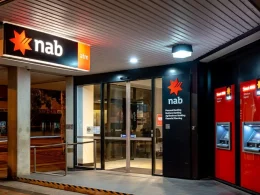British International Investment (BII) and Boston Consulting Group (BCG) have released a new report aimed at expanding investor engagement in blended finance by providing practical tools to design and assess such funds. The publication seeks to address long-standing concerns among private investors about the complexity and cost of participating in blended finance structures.
Blended finance, which combines public, philanthropic, and private capital in a single investment structure, has emerged as a key mechanism for mobilising capital into emerging and frontier markets. These funds are typically designed to allocate different levels of risk and return to each type of investor, enabling private capital to support high-impact projects that would otherwise fall outside traditional risk-return thresholds.
Despite their potential, blended finance vehicles have attracted only around $15 billion annually from global investors, in part due to their perceived complexity. The newly launched report—Scaling Blended Finance: Practical Tools for Blended Finance Fund Design—aims to overcome this barrier by introducing a typology and a scorecard to streamline fund creation and evaluation.
Drawing on analysis of 65 blended finance funds, the report identifies five common archetypes based on fund objectives, investor risk appetite, and asset risk levels. These archetypes are intended to serve as practical reference points for asset managers and investors, helping to guide fund design without imposing rigid templates.
“Our report shows that blended finance doesn’t have to be an overly bespoke proposition,” said Leslie Maasdorp, Chief Executive of BII. “We hope this approach will make it easier to mobilise private capital into markets that are in urgent need of investment.”
BCG’s Rich Hutchinson, Global Head of Social Impact, added: “Blended finance presents a systemic challenge, not just a technical one. These tools offer fund managers and investors a shared framework to navigate complexity and unlock capital flows into high-need sectors and geographies.”
In addition to the archetype typology, the report introduces a scorecard designed to assess the quality of a blended finance fund’s structure. This framework supports both commercial and concessional investors in evaluating whether a fund aligns with their investment goals and adheres to best practice principles.
The tools aim to reduce design inefficiencies, improve transparency, and create a common language for market participants. Fund managers can use the scorecard and typology to articulate trade-offs and accommodate differing investor expectations, thereby increasing the scalability and appeal of blended finance vehicles.





















